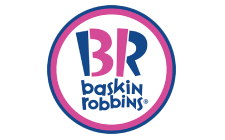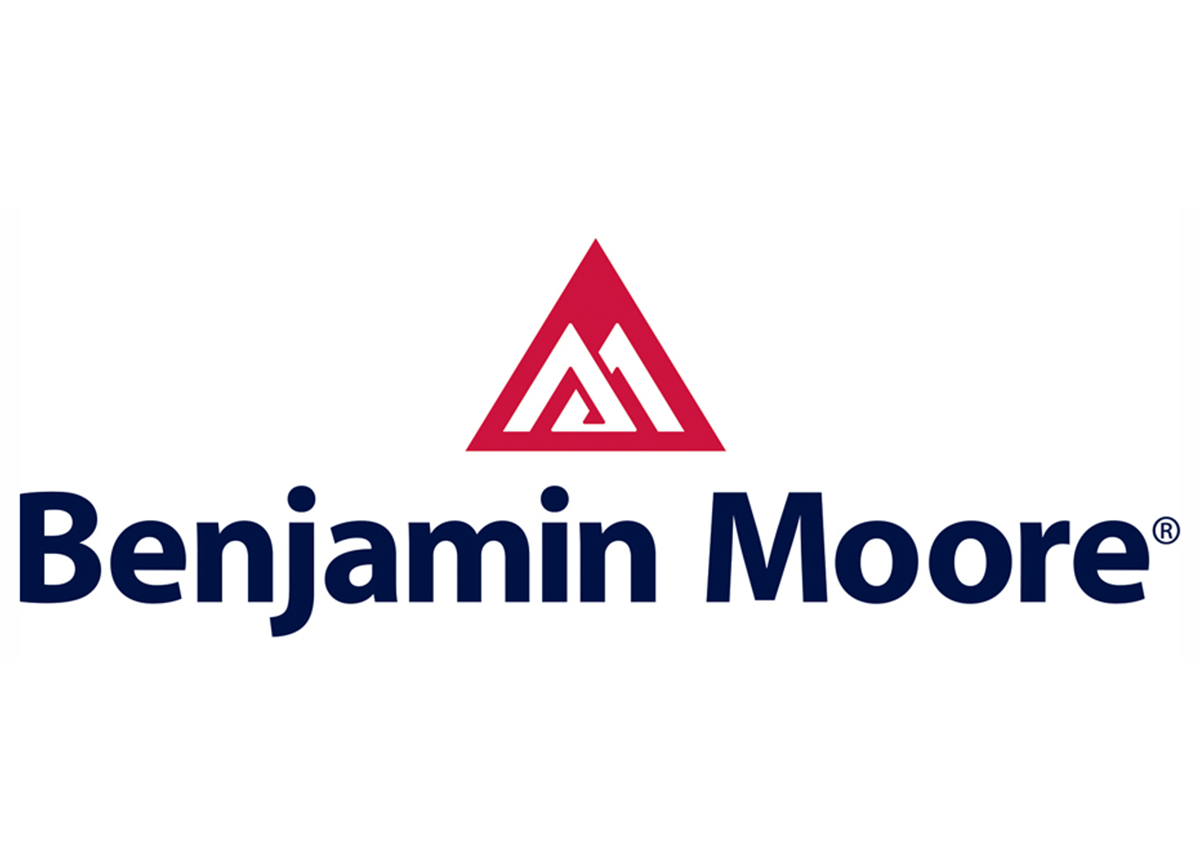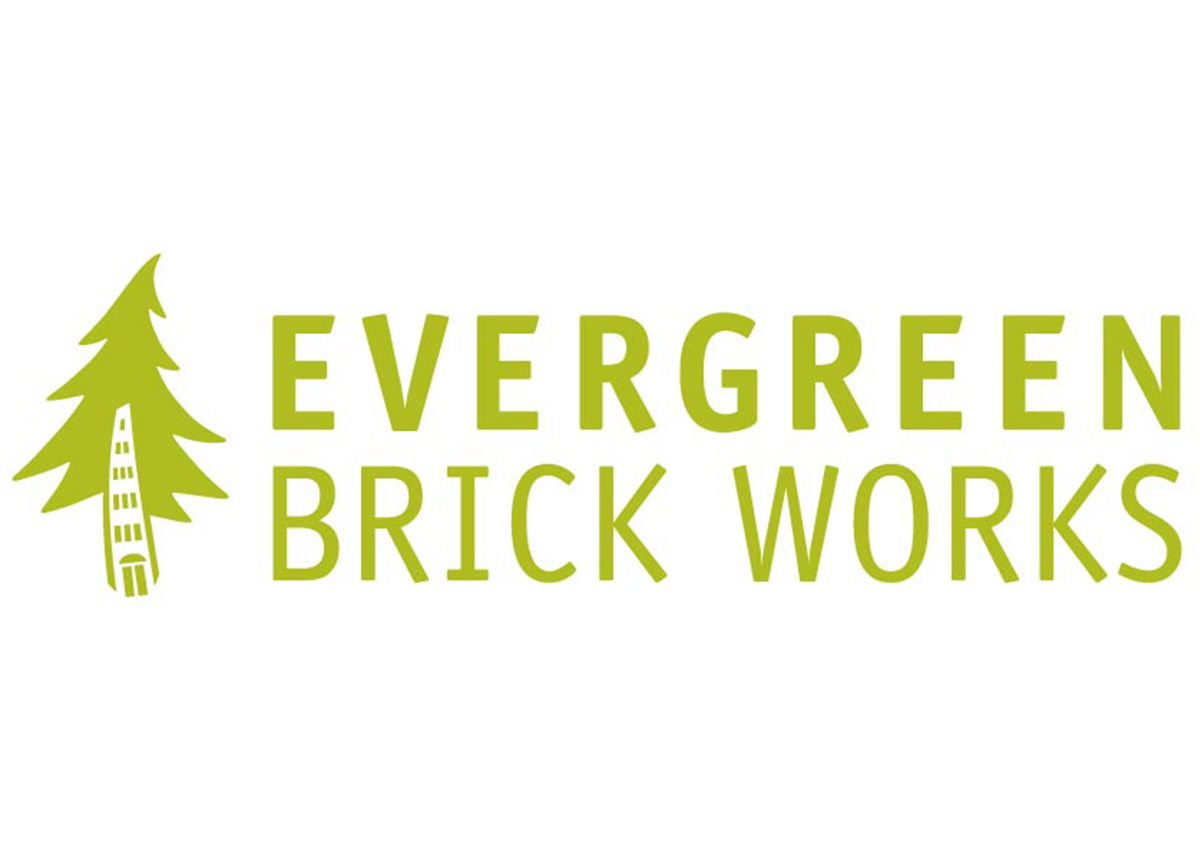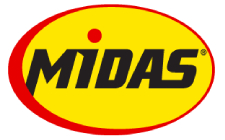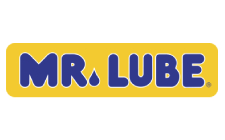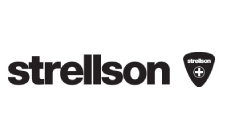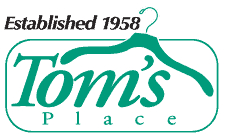Construction sites require extra security, especially since the vehicles, building materials, tools and equipment that are needed to be on site daily may be a valuable target for some. Any incident of theft may negatively affect a project’s profits. Listed below are five things that can be implemented to increase project security.
1. Set up appropriate site lighting
Artificial lighting on construction sites is necessary, especially at night and during the winter season. It is essential that project managers ensure that the work site is well-lit at all times, regardless of whether there is work or not. This deters any thief or trespasser, as the risk that they will be seen and exposed increases. Motion detection lights are especially useful and can have a more startling impact on thieves as they get too close.
Sufficient job site lighting is also necessary for the safety of the workers and employees. Proper lighting allows workers to quickly spot and avoid hazards. Low levels of lighting are often associated with the incidence of more accidents on construction sites.
2. Install fences and locks
Installing fences and locks around the construction site may seem like a basic thing to do; however, not all project managers use this security measure. At the very least, fences keep out intruders and help keep the project site safe from theft or vandalism. Ideally, a project manager should install fences and locks around unattended valuable tools and equipment on site for an added layer of security.
An electronic lock system is also a good idea for added protection for the construction site’s office facility. Electronic lock devices may be connected to access control systems where transactions and activity are recorded. Only authorized individuals can have access to the project’s office where expensive equipment such as laptops may be stored. Installing electronic locks can also ensure that all sensitive and confidential data on site is safe.
3. Label tools and equipment
Project managers should track and identify their inventory of tools and equipment. All the project’s equipment should be labelled with custom markers for easier tracking. Every day, hundreds of tools and pieces of equipment are used on construction sites, which makes managing them a difficult process, especially if they are moved from one job site to another.
Some construction companies find it easier to use barcode labels on all their equipment. This can be done to enhance workers’ accountability, as the tools can be scanned by a supervisor before being used by a certain employee. This enables project managers to know which employee is using what tools and ensure everything is returned properly.
4. Install security cameras and alarm systems
Security cameras offer many benefits and are crucial on the construction site. First, with security cameras installed, workers are discouraged from taking any tools or equipment home or for personal use. Second, security cameras act as a deterrent to thieves, as they know that they might get caught in action.
Moreover, some project managers use security cameras to monitor the real-time progress of their projects. They can check in on workers and subcontractors, identify issues, and ensure that security procedures are being followed. Installing surveillance cameras in the right places helps keep project managers informed at all times.
There are also alarm systems that are reliable in securing the project site. There are many alarm systems to choose from, so it is important for project managers to thoroughly consider their options before making a decision. Alarm systems with motion sensors that set off loud sirens or flashing lights are effective in scaring off thieves or intruders.
5. Hire Security Guards
Hiring a skilled security guard can go hand in hand with the other security measures outlined. Security guards pay attention to all the visitors and vehicles coming into the project site and report any suspicious activity immediately. This is especially important for large project sites with multiple entry points and heavy daytime traffic. Project security guards can also help watch over the project’s heavy equipment and other important assets.
Conclusion
There are many challenges that project managers face, and keeping their project sites secure is one of them. Just like a company would protect its revenue by ensuring all legal safeguards against non-payment lie pre-lien notices are secured, security is paramount on the jobsite. Not only does theft eat from a project’s profits, it may also slow the project down. It is important to implement appropriate security measures such as perimeter fences, surveillance cameras and alarm systems, and site lighting to deter thieves and protect the project’s assets.
- Access Control
- Alarm monitoring
- Alarm Systems
- cannabis
- cannabis retailer
- CCTV Cameras
- Childproof Doors
- Commercial Security
- Construction Security
- Cybersecurity
- Digital Safety
- Door Bell
- Ethernet
- fire
- flood
- garage
- General Category
- Halloween
- holiday
- home
- home automation
- Home Safety
- Home Security
- Home Security System
- In the News
- intercom
- internet
- life insurance
- Locksmith
- Move Ahead
- moving
- MUL-T-LOCK
- natural disasters
- New Years
- Office Security
- Personal Safety
- Pet Protection
- real estate
- Safes
- Safes
- safety
- school
- Security Cameras
- Security Film
- Security Industry News
- Security Systems
- Security Tips
- security window film
- Senior Safety
- shoplifting
- Small Business
- Small Business security
- social media
- social network
- Sports Safety
- summer
- vacation
- Video Alarm Monitoring
- web
- web surfing
- Webdesign
- Window Film
- winter
- Workplace safety













